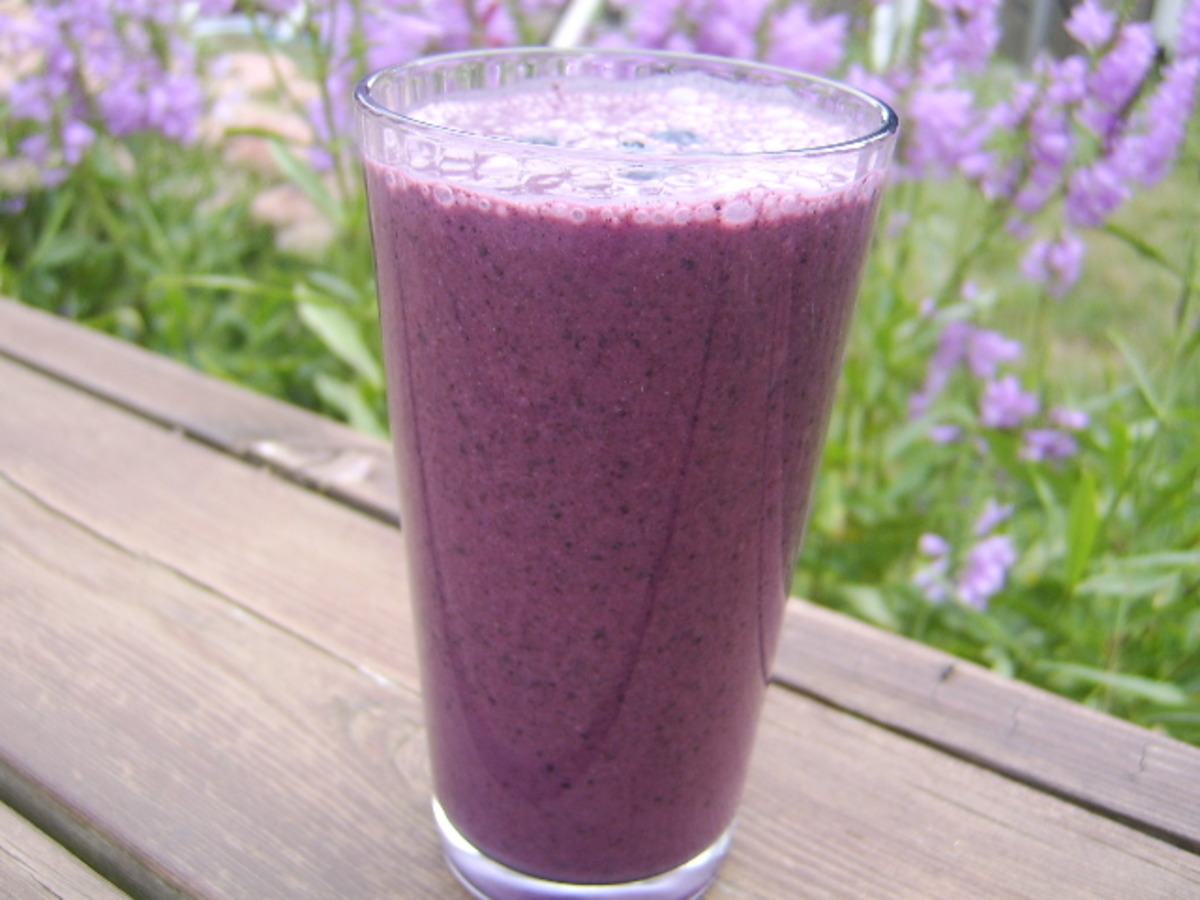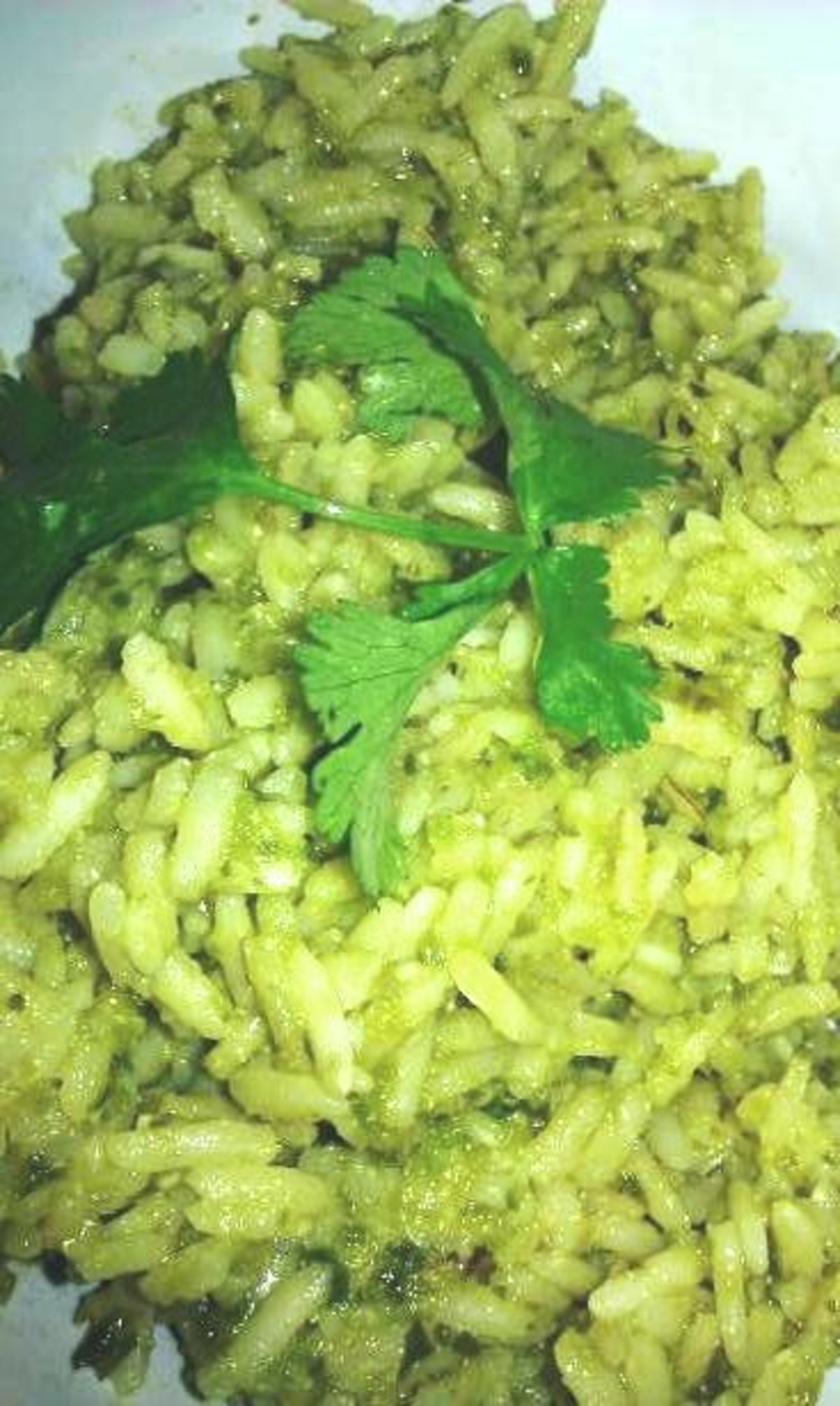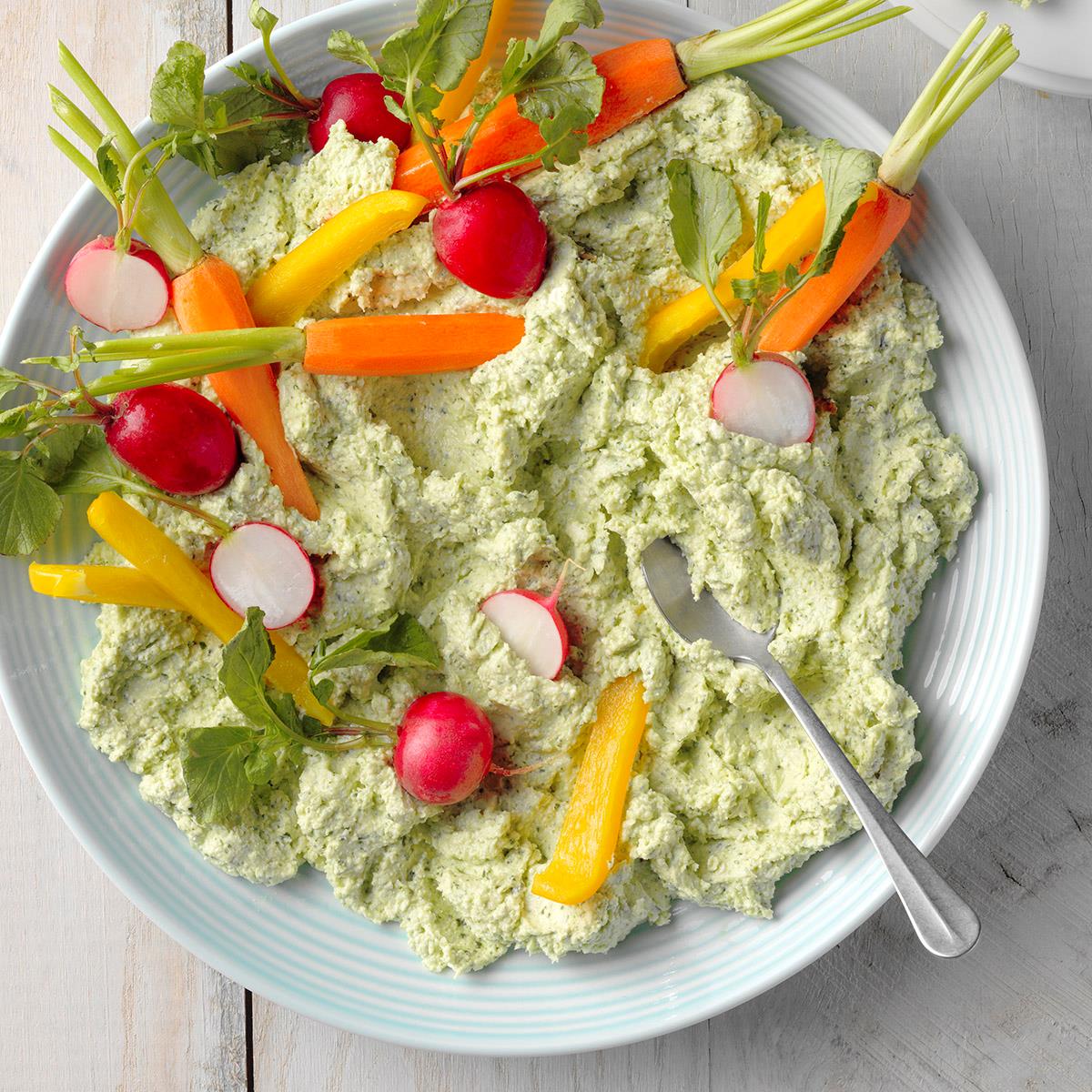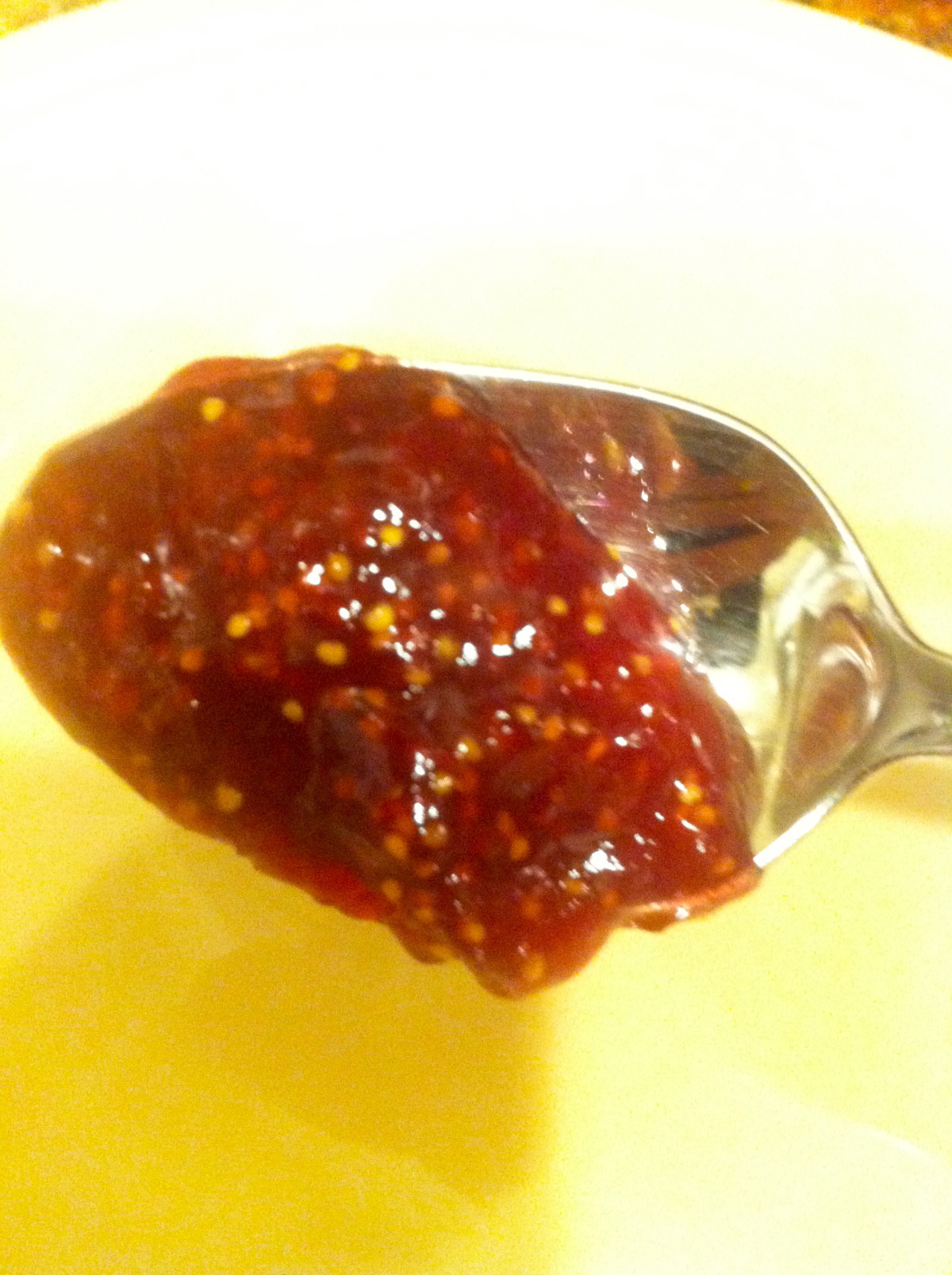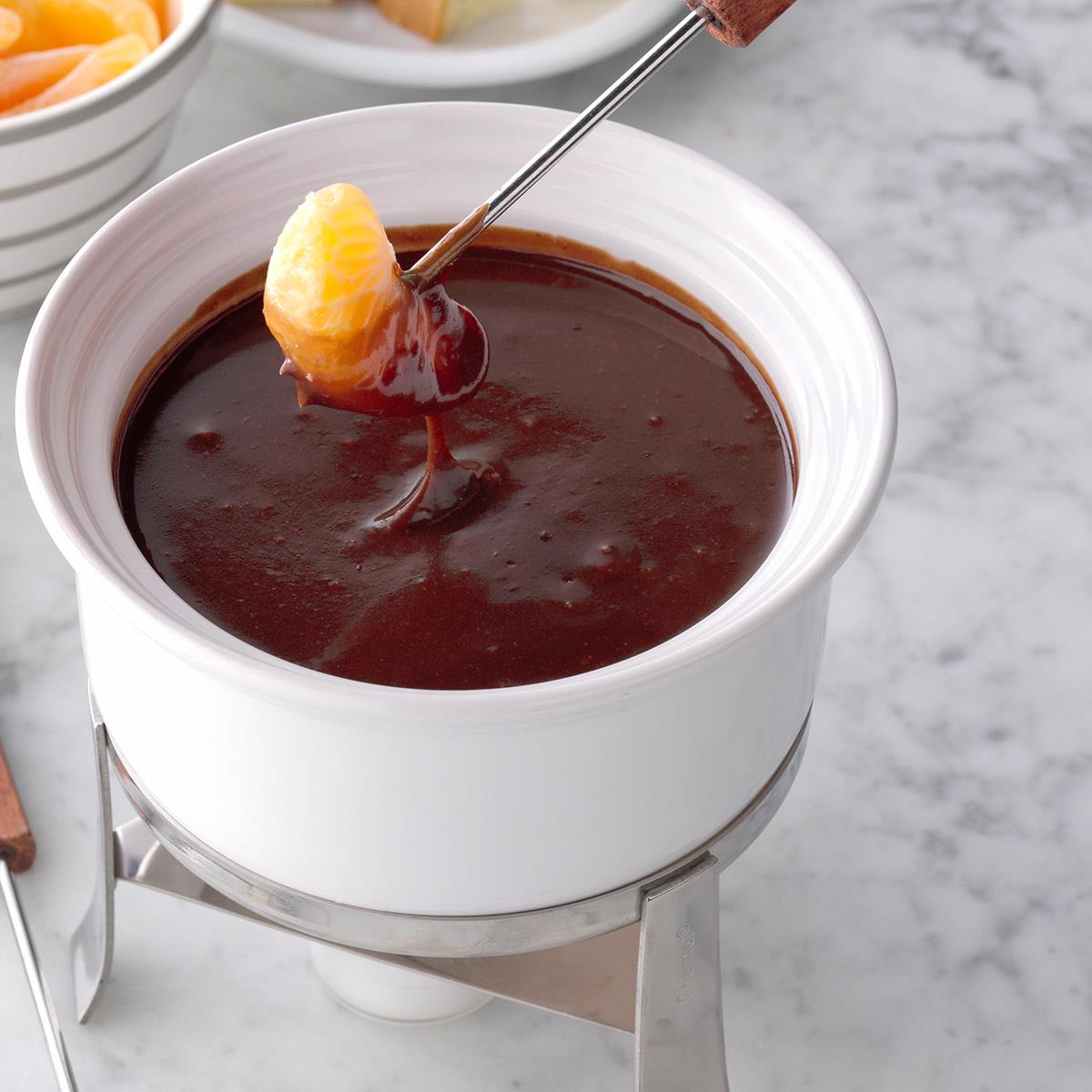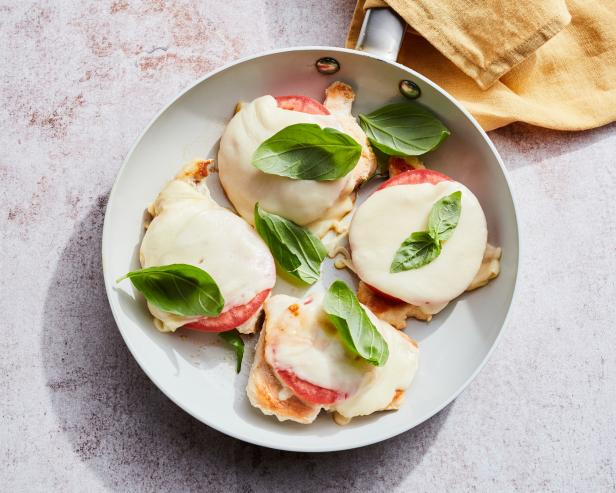**Reverse Sear Prime Rib Roast: A Luxurious and Flavorful Centerpiece for Special Occasions**
Prepare to indulge in a culinary masterpiece with our reverse sear prime rib roast. This exceptional dish, often served as the centerpiece of special occasions, combines the best of both worlds: the tenderness of a slow-cooked roast and the beautiful crust of a perfectly seared steak. Our collection of recipes offers a variety of techniques to achieve this mouthwatering result, ensuring that every bite is a symphony of flavors and textures. Whether you prefer a classic approach or a modern twist, we have the perfect recipe for you. Embark on a culinary journey as you explore our curated selection and discover the secrets to creating an unforgettable reverse sear prime rib roast that will leave your taste buds tantalized and your guests in awe.
CLASSIC PRIME RIB (REVERSE SEAR)

This classic prime rib recipe uses the reverse-sear method to create mouth watering, medium-rare meat throughout the entire roast. It doesn't get better than that.
Provided by Cheryl
Categories Main Course
Time 2h15m
Number Of Ingredients 4
Steps:
- Preheat oven to 250F/121C.
- PREPARE ROAST: Pat roast dry with paper towel. Insert garlic slivers into roast all over between meat and fat (separate with fingers and slip in garlic). Leave the fat cap on the top of the meat for great flavor. If using Dijon, smear it all over roast. Season roast liberally with kosher salt and black pepper. Sprinkle on thyme if using. Place roast, bone side down, in shallow pan lined with foil (for easier clean up). If you have a temperature probe, insert it in the center of the roast. If not use an instant-read thermometer.
- START ROASTING AT LOW TEMP: Roast in oven, fat side up, at 250F/121C for about 2 to 2 1/4 hours or until internal temperature reaches 120F/49C for medium rare on instant thermometer (you'll be cooking it longer later on). Or 130F/54.4C for medium. Remove roast, cover loosely with aluminum foil and let it rest for at least 30 minutes and up to 90 minutes.
- FINISH ROASTING AT HIGH TEMP: While roast is resting, increase oven temperature to 500F/260C. 10 minutes before you're ready to serve, place roast in hot oven. Roast for 6-10 minutes (or a bit longer if roast is bigger) until exterior browns nicely. Insert meat thermometer to check temperature of meat - it should rise to 130F/54.4C for medium rare. Or 140F/60C for medium measured with an instant-read thermometer. Note 2 for internal temperatures.
- SLICE AND SERVE: On cutting board, turn roast on side and slice off bones. Then turn meat, cut side down, on board and slice. Remove garlic slivers. Serve immediately with gravy or au jus.
Nutrition Facts : Carbohydrate 1 g, Protein 46 g, Fat 90 g, SaturatedFat 38 g, Cholesterol 206 mg, Sodium 152 mg, Fiber 1 g, Sugar 1 g, Calories 1017 kcal, UnsaturatedFat 42 g, ServingSize 1 serving
REVERSE-SEARED INSTANT POT PRIME RIB AND GRAVY

Holiday roasts can be tricky and nerve wracking when the pressure is on to pull off the perfect meal. Give yourself a break by making this prime rib roast that is packed with flavor and couldn't be easier. Pressure cooking results in an ultra moist and incredible evenly cooked roast; browning it at the end creates a crisp, golden exterior that stays just way-crisp and golden.
Provided by Food Network Kitchen
Categories main-dish
Time 1h30m
Yield 8 to 10 servings
Number Of Ingredients 9
Steps:
- Make 4 evenly spaced small slits about 1/2 inch deep on the top of the roast with a small paring knife. Put a few rosemary leaves on top of each slit and push them in using a piece of garlic. Repeat on the other side of the roast. Make two slits on the ends of the roast and stuff with the remaining rosemary and garlic.
- Combine 5 teaspoons salt and 1 tablespoon pepper in a small bowl and stir to combine. Sprinkle all over the roast, firmly pressing the mixture onto the exterior and stuffing some into the slits.
- Place the trivet in the bottom of the insert of a 6-quart Instant Pot®. Pour in the beef broth and 1/4 cup of the wine. Place the roast on the trivet, fat-side up, then set it to pressure cook on low for 10 minutes with the keep warm feature turned on (see Cook's Note). Once the pressure cook cycle ends let the pot stand, closed, for 45 minutes. Open the lid and transfer the roast to a plate. Remove the trivet and pour the broth into a heatproof container. Rinse the insert and return it to the machine.
- Set the machine to sauté and add the butter. Once the butter is melted and foamy add the roast and sear until dark brown on all sides and an instant-read thermometer inserted into the center of the roast registers 120 degrees F for medium rare, about 4 minutes per side. Transfer the roast to a cutting board and let rest for 15 minutes before slicing.
- Meanwhile, immediately add the remaining 1/4 cup wine to the insert, scraping up the browned bits that are stuck to the bottom. Continue to cook until almost all the wine has evaporated then sprinkle in the flour. Stir until a uniform paste forms then whisk in the reserved broth. Bring to a boil and simmer until the flavor of the flour has cooked out, about 5 minutes. Adjust the seasoning, if needed, and whisk in a bit more beef broth if the gravy becomes too thick. Strain through a mesh strainer into a gravy boat and stir in the herbs right before serving. Serve alongside the roast.
ROASTED AND REVERSE SEARED PRIME RIB RECIPE
Start low and slow in the oven and finish at 500°F for the juiciest, most flavorful, evenly cooked prime rib roast.
Provided by J. Kenji López-Alt
Categories Dinner
Time 5h20m
Yield 12
Number Of Ingredients 2
Steps:
- Remove roast from oven and tent loosely with aluminum foil. Place in a warm spot in the kitchen and allow to rest for at least 30 minutes and up to 1 1/2 hours. Meanwhile, preheat oven to highest possible temperature setting, 500 to 550°F (260 to 288°C).
- Ten minutes before guests are ready to be served, remove foil, place roast back in hot oven, and cook until well-browned and crisp on the exterior, 6 to 10 minutes. Remove from oven, carve, and serve immediately.
Nutrition Facts : Calories 387 kcal, Carbohydrate 0 g, Cholesterol 94 mg, Fiber 0 g, Protein 26 g, SaturatedFat 12 g, Sodium 202 mg, Sugar 0 g, Fat 31 g, ServingSize Serves 3 to 12, depending on size of roast, UnsaturatedFat 0 g
Tips:
- Choose a high-quality prime rib roast. Look for a roast that is well-marbled and has a good amount of fat. This will help ensure that the roast is juicy and flavorful.
- Season the roast generously with salt and pepper. You can also add other seasonings, such as garlic powder, onion powder, or rosemary.
- Roast the prime rib at a low temperature for a long period of time. This will help to render the fat and cook the roast evenly. The ideal internal temperature for prime rib is 135 degrees Fahrenheit for medium-rare.
- Let the roast rest for at least 15 minutes before carving. This will allow the juices to redistribute throughout the roast, making it more tender and flavorful.
- Serve the prime rib with your favorite sides, such as mashed potatoes, roasted vegetables, or Yorkshire pudding.
Conclusion:
Reverse searing is a great way to cook prime rib because it results in a juicy, flavorful, and tender roast. By following the tips in this article, you can easily cook a perfect prime rib at home. So next time you're looking for a special occasion meal, give reverse-seared prime rib a try!
Are you curently on diet or you just want to control your food's nutritions, ingredients? We will help you find recipes by cooking method, nutrition, ingredients...
Check it out »
You'll also love




